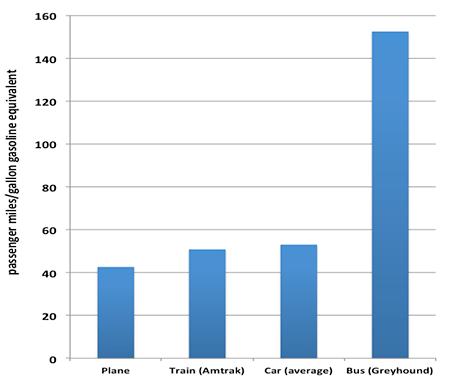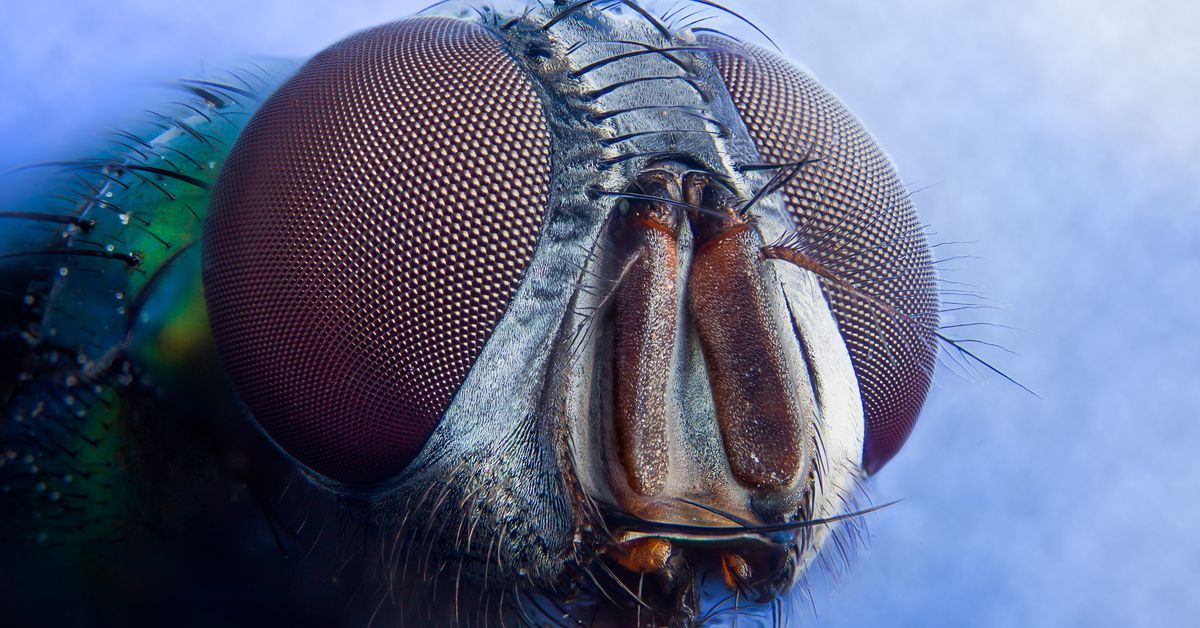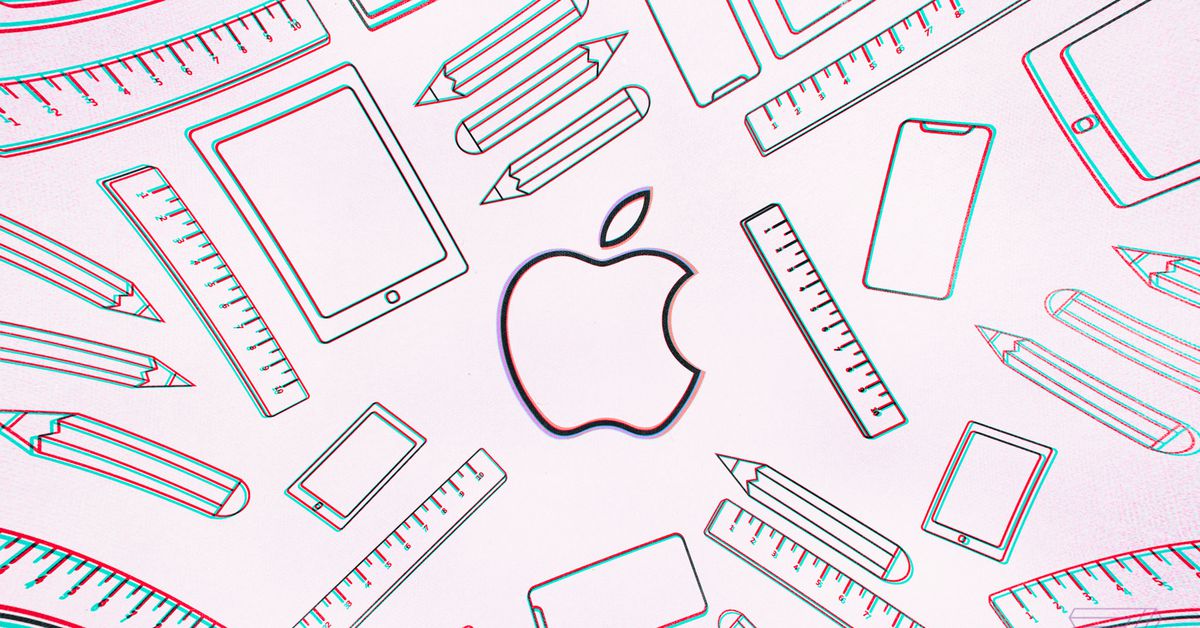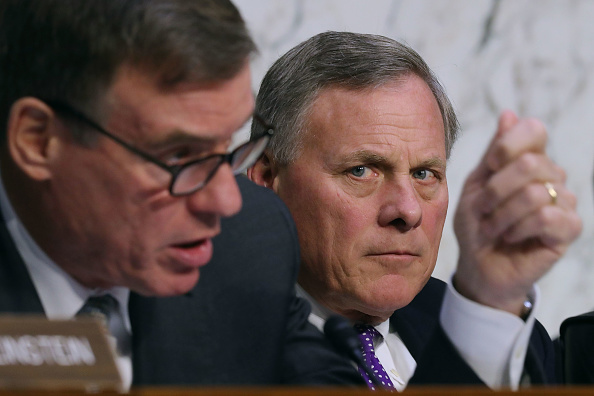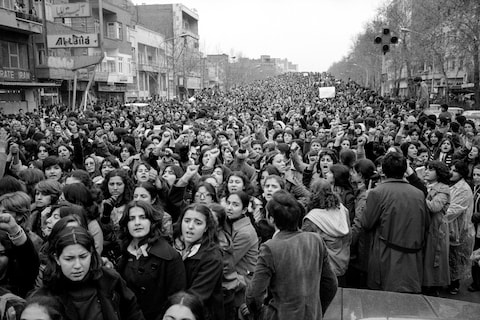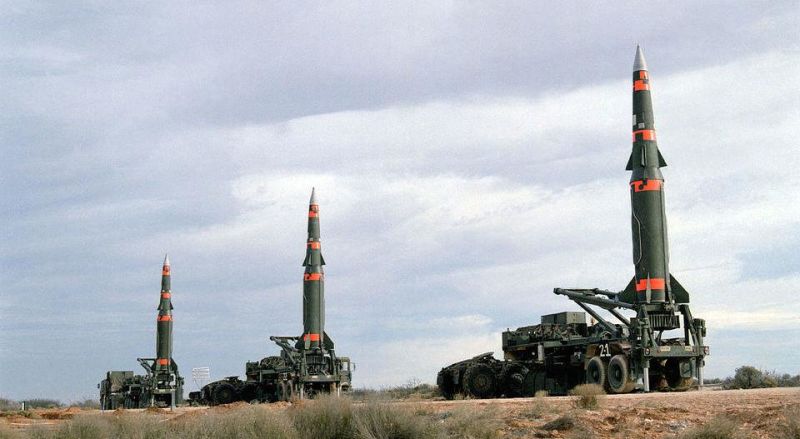Got this great job opportunity through CareerBuilder today. This is what a scam looks like. Little to no detail on the company or work.
Dear Mark Turner!
Our HR Department has found your resume on CareerBuilder. Our company is an innovative company working in exploration of gas and oil. We are looking for a responsible Assistant Manager to assist a higher-level manager. Your work will be critical in ensuring the team meets its goals of efficiency and customer satisfaction. Interpersonal and mediation skills will be very useful, since you’ll often be acting as a point of contact between manager, employees and customers. The goal is to secure the effective operation of our business and the satisfaction of our clients.
Vacancy: Assistant Manager
Type of position: Permanent
Salary: $3050 per month during the trial period; $4450 per month (after trial)
Timetable: Mon-Fri, 9 AM – 5 PM, full time (with paid breaks)
Qualifying period: 3 weeks of paid training and qualifying
Continue reading
